Preserve Antique Wooden Furniture with Confidence
Chosen theme: How to Preserve Antique Wooden Furniture. Step into a calm, caring approach to keeping heirloom wood alive at home—one thoughtful habit at a time. Subscribe for monthly guides, and share your questions or victories with our community.
Oak’s open grain, walnut’s chocolate shimmer, and mahogany’s chatoyance each tell unique stories. Weight, aroma, and pore structure help identify species. Share a close-up photo with the community if you want a friendly second opinion.
Know Your Timber and Finish
Test discreetly: shellac softens with alcohol, lacquer with lacquer thinner, while varnishes resist brief contact. Use a barely damp cotton swab on a hidden spot. Never scrub; you only need clues, not damage. Post your results for feedback.
Know Your Timber and Finish
Humidity’s steady rhythm
Keep relative humidity around 40–55% to minimize shrink-swell cycles that split joints and veneers. Use a hygrometer and adjust with humidifiers or dehumidifiers as seasons shift. Share your room readings, and we’ll help troubleshoot tricky swings together.
Taming sunlight and UV
Direct sun fades dyes and warms finishes unevenly. Choose UV-filtering window film, rotate displays quarterly, and draw curtains during peak rays. Shellac’s amber glow can shift under harsh light. Show your window layout for personalized light-mitigation tips.
Gentle, consistent temperatures
Avoid radiators, fireplaces, attics, and vents. Rapid temperature changes stress glue lines and panels. Keep pieces in lived-in spaces with steady comfort. Try a small sensor and track a week’s data, then share patterns for thoughtful adjustments.
Cleaning Rituals that Respect Patina
Use a clean, dry microfiber cloth to lift dust, not grind it. For carvings and corners, a soft natural-bristle brush plus a low-suction vacuum captures particles. Tell us which brush works best on your ornate details and why.
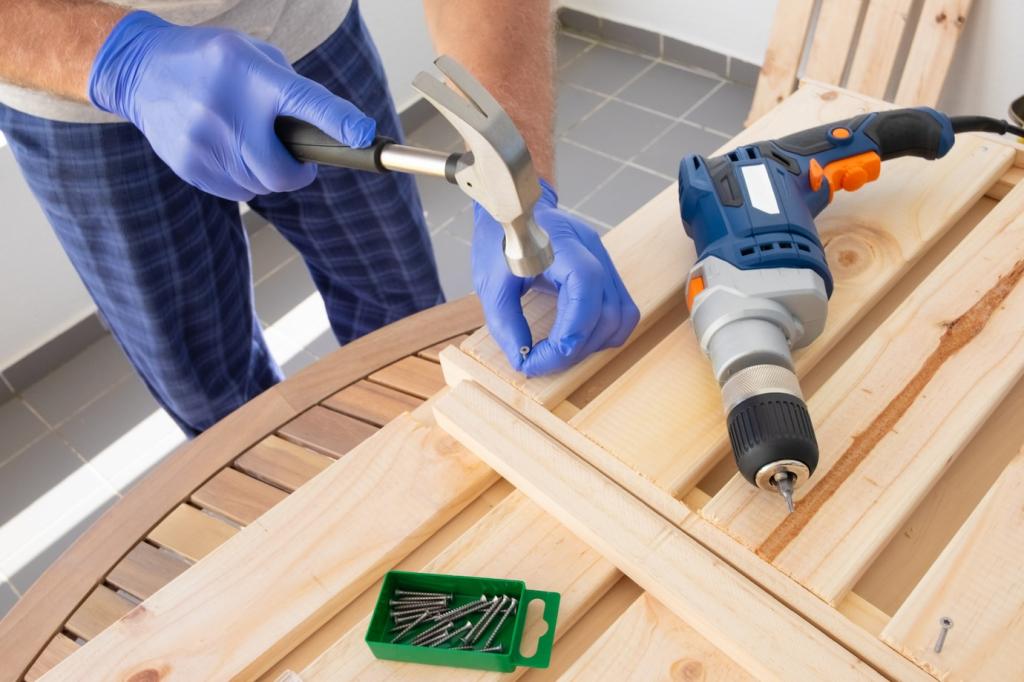
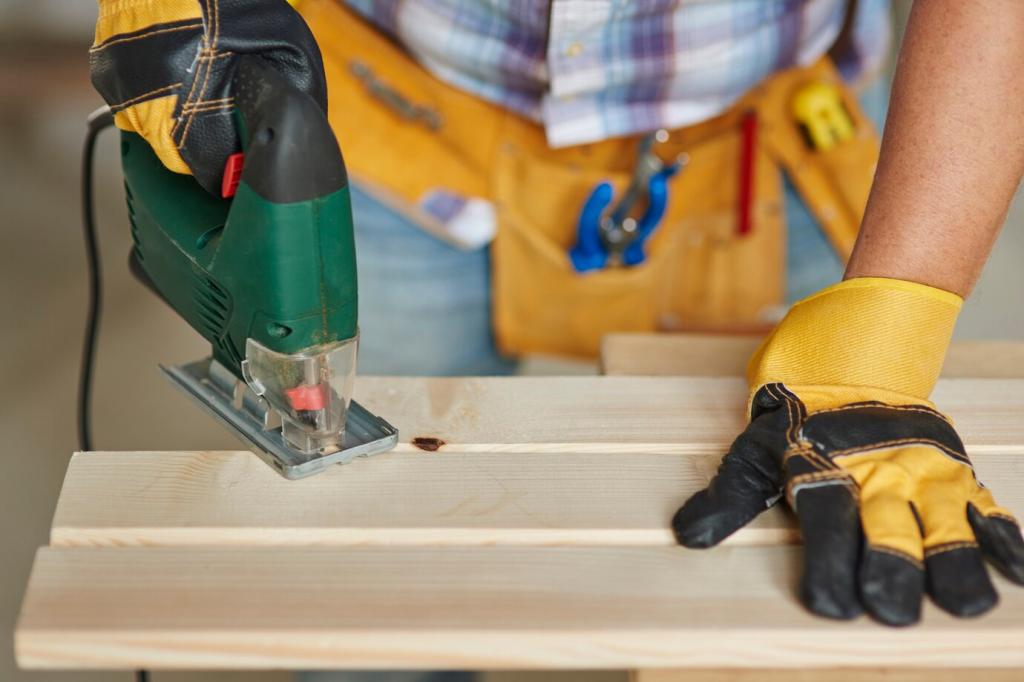
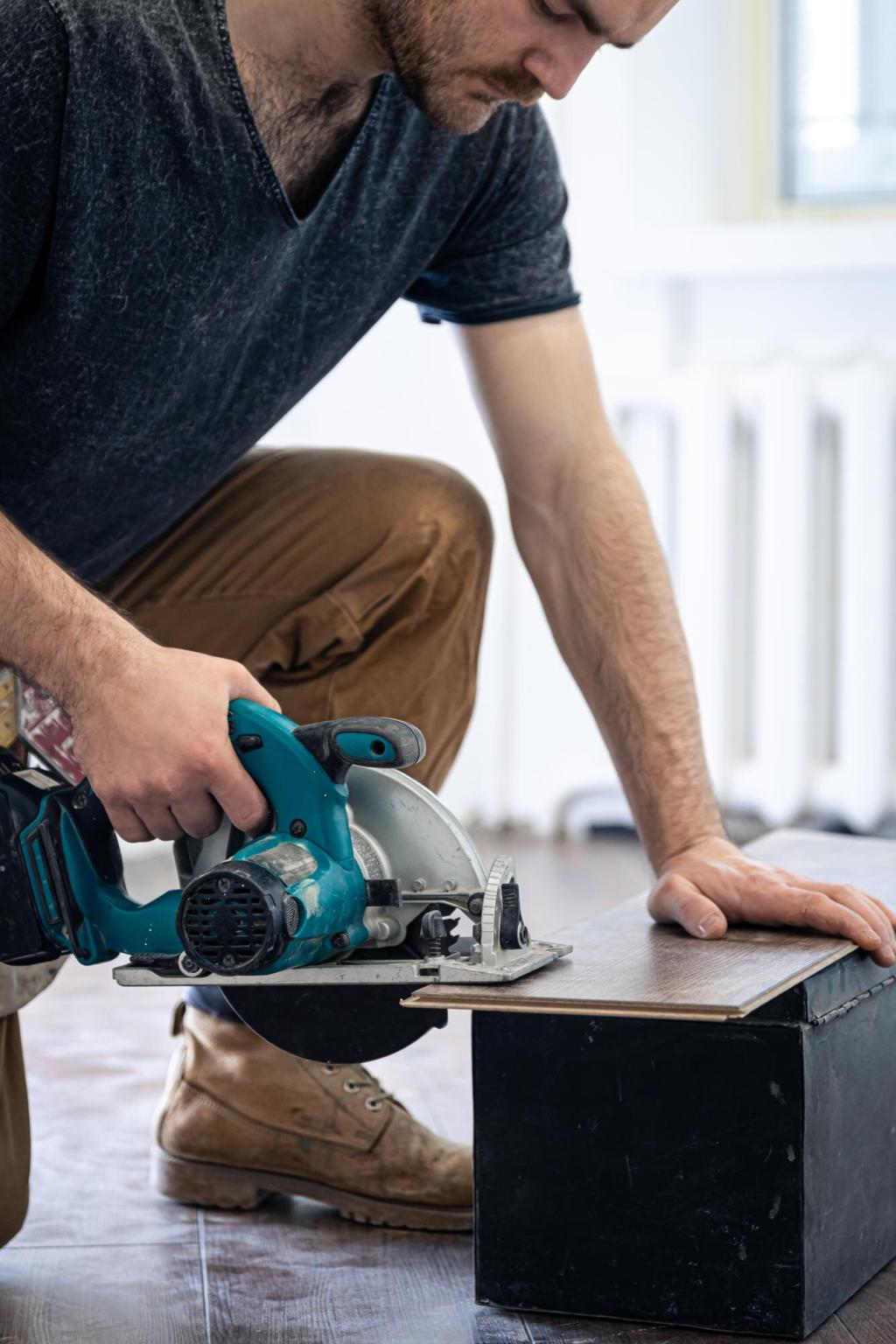
Wax, Oil, and Polish—Less Is More
Choose a high-quality beeswax or microcrystalline blend. Apply a pea-sized amount with soft cloth, following the grain, then buff patiently. Monthly to quarterly is usually plenty. Keep wax out of carvings. Share your before-and-after photos for encouragement.
Wax, Oil, and Polish—Less Is More
True tung oil polymerizes strongly; boiled linseed darkens more over time. Many “tung” blends are just varnish mixes—read labels carefully. Always lay oil rags flat to dry or submerge in water to prevent combustion. Tell us your oil routine.
Ethical Repairs and Reversibility
Respecting joints and glues
Hide glue is historically correct and reversible with gentle heat and moisture, perfect for reactivating old joints. Yellow PVA can work, but avoid construction adhesives. Measure twice, dry-fit once. Share a photo of your wobbly chair for targeted guidance.
Clamping with care
Use cork or leather cauls to protect surfaces, apply even pressure, and wipe squeeze-out immediately with a damp cloth. Over-tightening starves joints of glue. A rehearsal dry-fit prevents surprises. Post your clamp layout and we’ll help fine-tune it.
When to call a conservator
Veneer curls, marquetry losses, structural cracks, and active insect damage need professional attention. Conservators use reversible methods and analytical tools to safeguard originality. Ask the community for reputable referrals and questions to bring to your consultation.
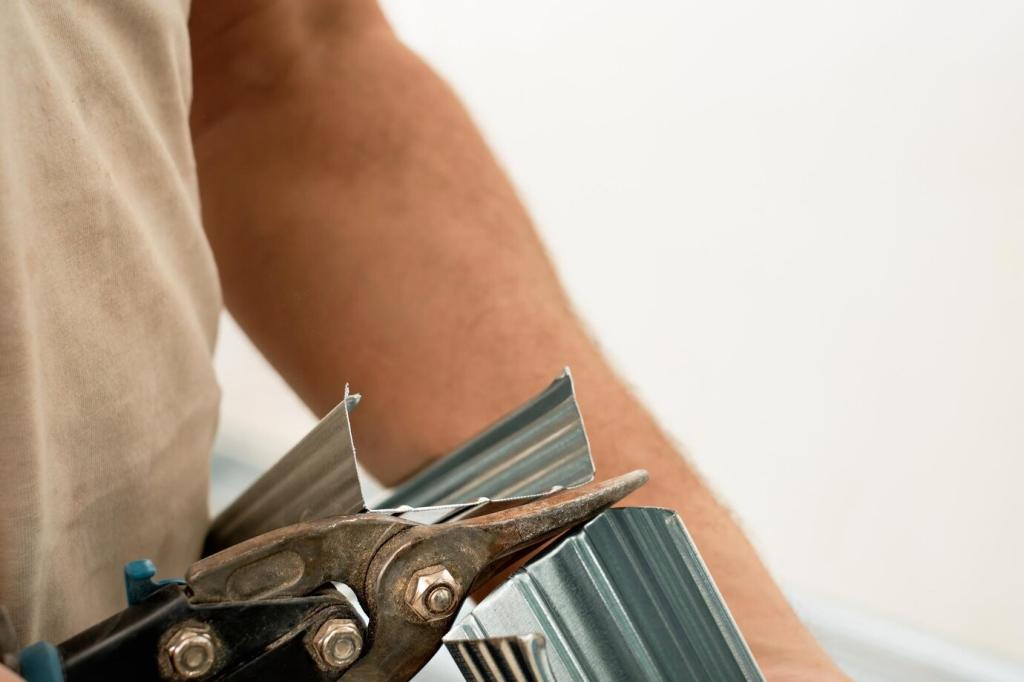
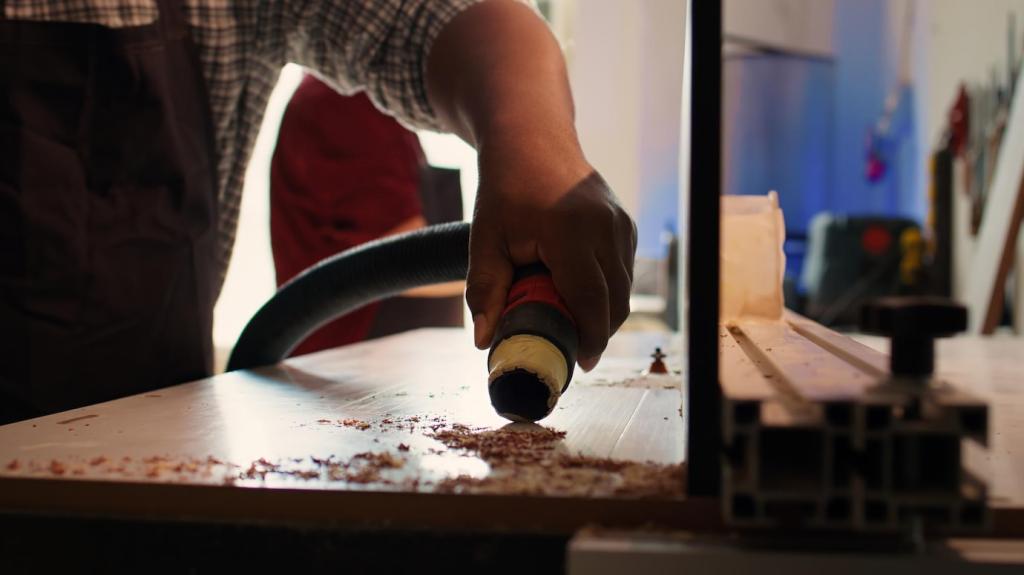
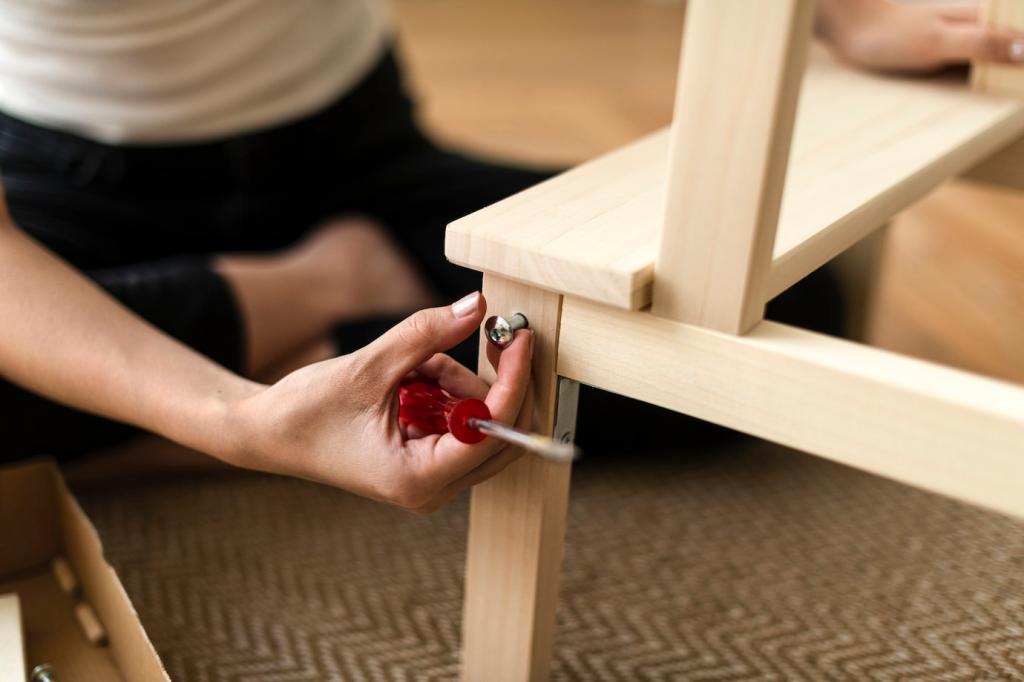
Look for talc-like frass beneath fresh pinholes and listen for hollow-sounding areas. Isolate suspect pieces, consider controlled freezing for small items, and monitor with sticky traps. Share close-up photos of frass patterns for community identification and next steps.
